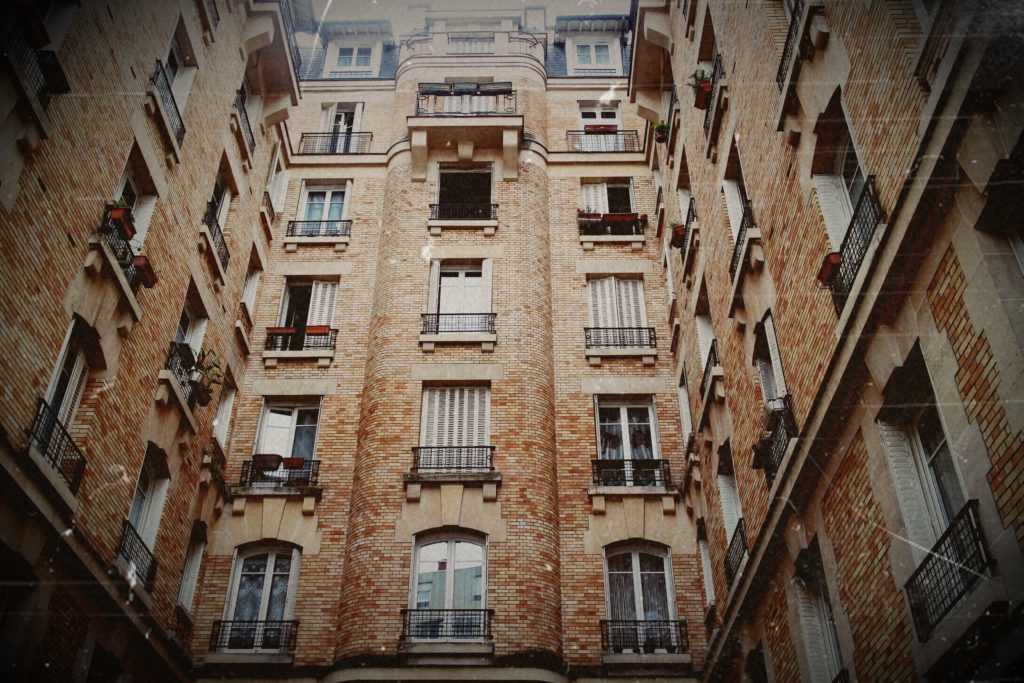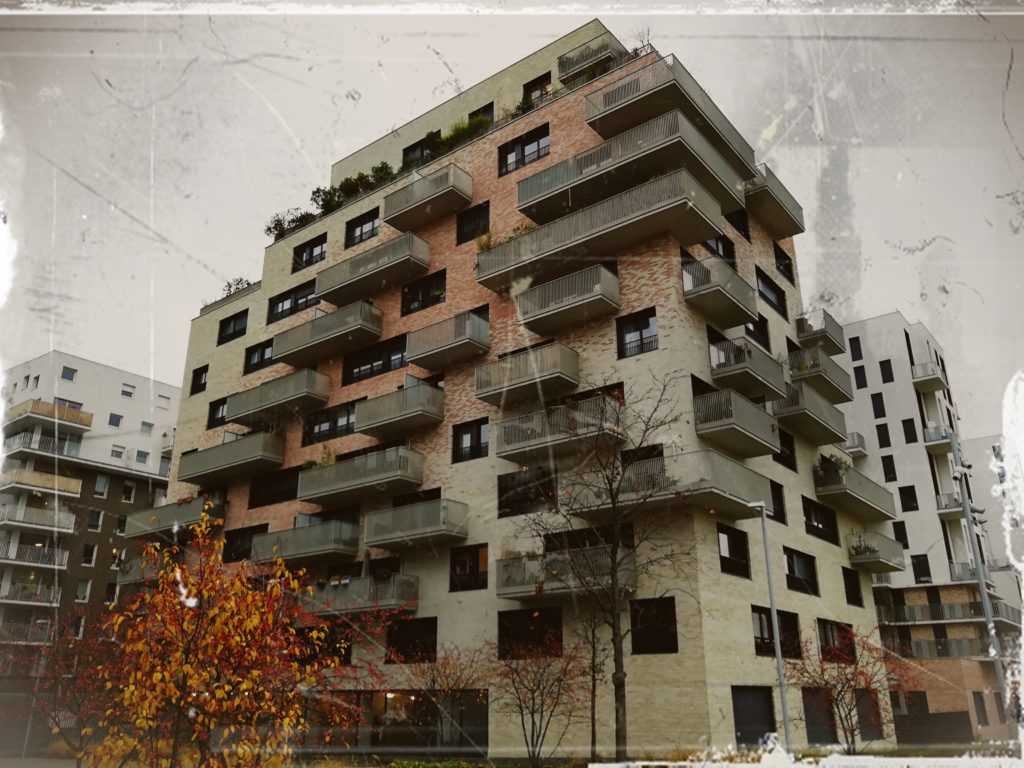Paris – differences between income classes deepens. The newspaper Lemonde explored this question in an interview with sociologists Monique Pincon-Charlot and Michel Pincon. These two, close to the anti-capitalist left. are researching among other things the state of social and urban segregation.
Specially in Paris the population has changed drastically since 1954. Whereas 34.5 percent of the population were in middle or higher occupations at the time, this figure had risen to 71.4 percent by 2010. This is due on the one hand to the de-industrialization since 1962, the banlieues and the global importance of Paris as a financial sector.
Rich and rich remain among themselves. In the “Beaux Quartiers” such as the 16th and 17th or suburbs such as Neuilly sur Seine, the wealthiest city in France, worlds of their own are formed and thus also a gap between the poor and the wealthy.

While Paris, as a cultural capital, offers its inhabitants many spectacles, exhibitions and places to go out, and is one of the first cities in the index of cities with the best standards of living, the situation is different a few steps behind the motorway that separates the city from its agglomeration:
The newspaper La Gazette des Communes looked into the question of the extent to which inequalities exist in the Greater Paris region and summarised them in a map. The Banlieues Argenteuil, Aulnay-sous-Bois, Montreuil and Saint Denis had a poverty rate of at least 20 percent at the end of 2015. Saint-Denis even exceeds the others with a rate of 35%. And that with a share of social buildings, that is around 33 percent.
In Saint Denis, north of Paris, a couple earns on average 2154 € per month. Singles are doing best with an average of 1487 € and still live at the minimum.
These are in stark contrast to the areas in the west of Paris, like La Defense, where more than half of the municipalities fail to meet the statutory quota of 20-25 percent of social buildings. Instead, suburbs like Neuilly Sur Seine, with a 5% share, prefer to pay fines and maintain their homogeneity.
After Paris, the rest?

In the light of the Grand Paris and its expansion of the infrastructure, one has to wonder to what extent the suburbs will be gentrified. Even though some municipalities, especially in the north, have so far taken measures to maintain diversity among the population, many students from the middle class are now moving to the suburbs.
It is not without reason that the left-wing medium StreetVox is concerned about developments in the Seine Saint Denis in the shadow of the 2024 Olympic Games. For example, commercial buildings, housing for students and migrant workers were destroyed. While the companies and students moved, this is not the case for the housing of the migrant workers. This, which had housed foreign workers since 1972, was replaced by a social building. But also the magnetic attraction of the Olympic Games on investors is a key question. We reported previously on JPMorgan and its AdvancingCities initiative.
The Olympic Village, which will accommodate a large number of Olympians with 17,000 beds, will later be converted into 22,000 apartments, 900 student accommodations and 100,000m² of commercial space. The newly created apartments will be marketed as condominiums with standing and will probably not be affordable for the average population of the Seine Saint Denis.

